G’day my friends, sorry I haven’t been around the blog much. My personal life has been extremely stressful the last few weeks and Matters To Be Attended very time consuming so just had to knuckle down in the material world; my creative self has taken a back seat. Quite resentful actually but need to let it go. LOL
On that very subject I have begun a piece on vocal screaming inspired by Tool’s Maynard James Keenan. In the song “The Grudge” he unleashes an 18 second scream live (in the studio he sustains it for 24 seconds but the live version is cool to watch.) It powerfully expresses letting go of the negative energy of resentment and demonstrates a potent chest voice and massive breath support as sources of MJK’s vocal mastery. It’s a great piece to focus on, though time is still limited and I have got a way to go – it’s a complex project. I’m making a video to go with it, all going well with the technical learning I need to apply. As well as MJK, I will focus on vocals by Chris Cornell, Mike Patton, Robert Plant, Jack White, and Lisa Fischer. I’ve noticed while wading through mountains of research is that there is nothing written about women’s vocal screams. Lisa is a force of nature, compelling in performance, sometimes overshadowing even the most talented of men around her. I sense that women’s power is once again being ignored, undervalued, disapproved of, and most of all, feared. These are slap-downs the Sagittarian woman in me strongly rebels against. So some of Lisa’s amazing vocals are in there; MJK himself would approve – having agitated for more female inclusion:
“That’s the hugest thing missing (from this Lollapalooza): feminine energy, and it’s disappointing. But it’s not for lack of trying. I had my wish list: Meshell Ndegeocello, Ani DiFranco, Tori Amos, PJ Harvey, Luscious Jackson.” — Maynard; L.A. Times, Aug 3, 1997
On that mutinous note, I’m doing this quick post because I came across the Tool song, “Hush”. MJK screams defiance and the mood feels right for today. It can’t only be me who sometimes thinks everything has gotten way too serious, and who wants to say things I probably should not. Just to get people to wake up and notice what awesome forces are out there if we stay open to them and let go of our fears. This tune is fun, funky, and definitely does not take itself seriously. Also I do respect a healthy dose of honesty. The world is often messy, inconvenient and cruel. Take time out and enjoy yourselves:
Tool – “Hush”: https://www.youtube.com/watch?v=EF_WKwbueG8
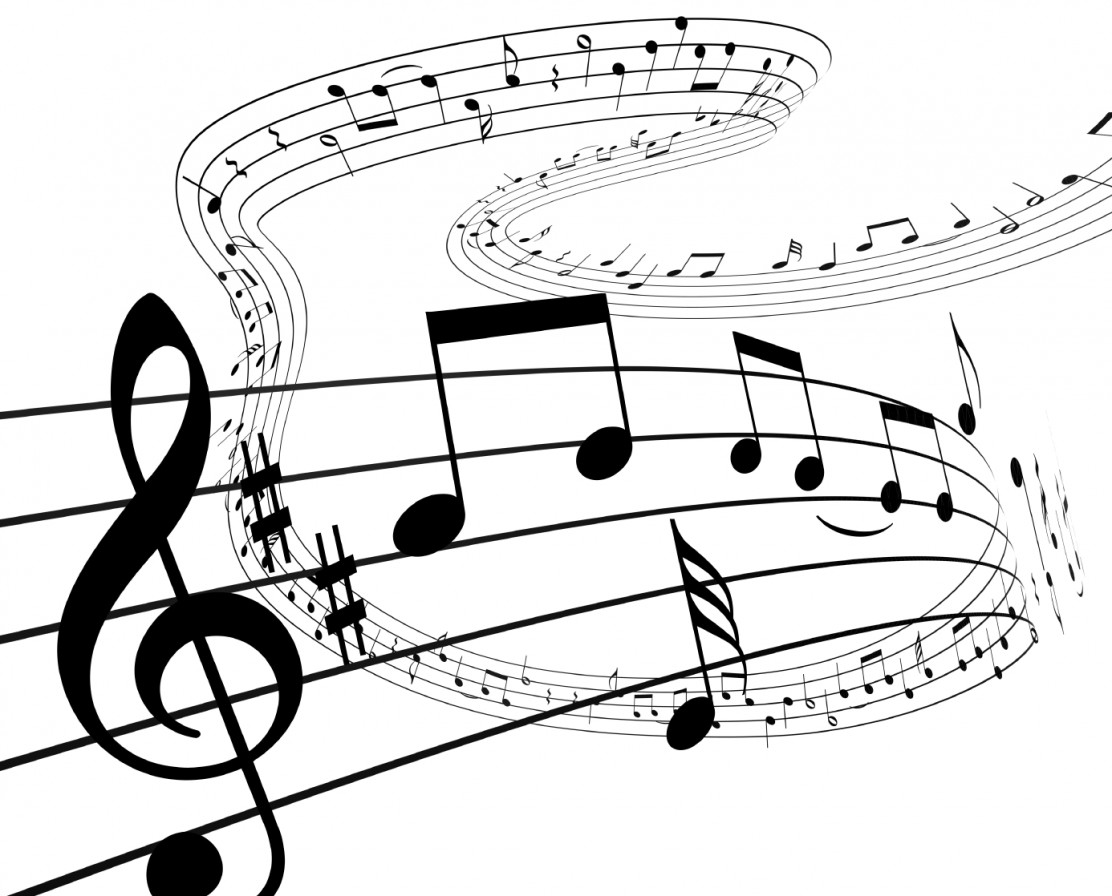

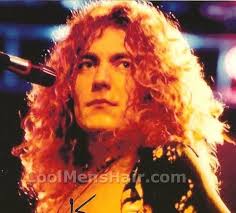
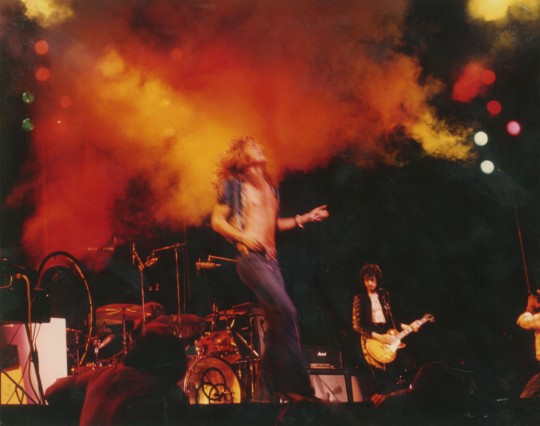


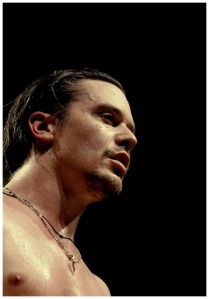
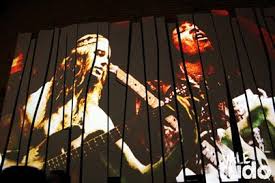


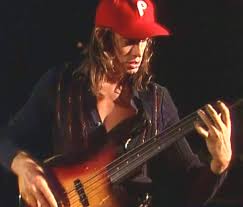
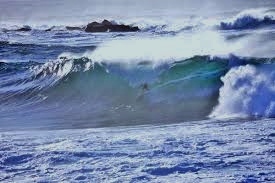




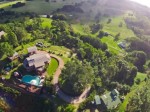


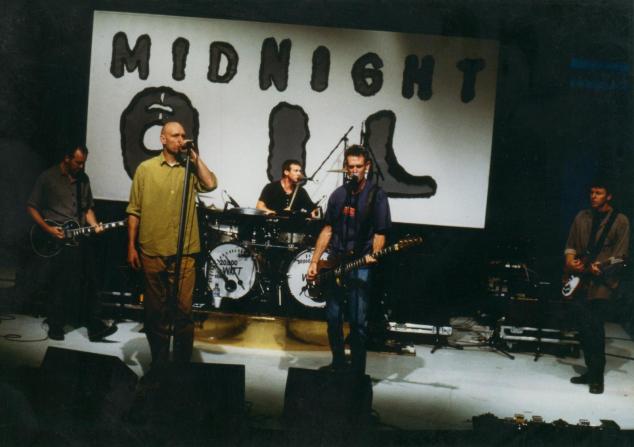

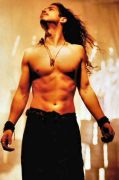
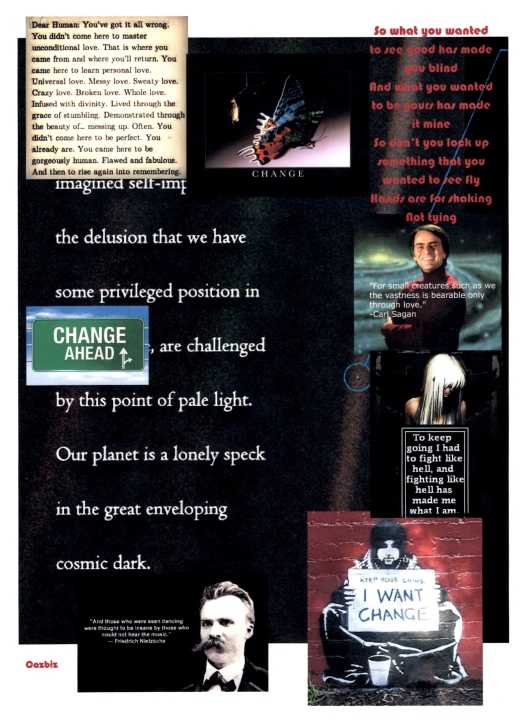

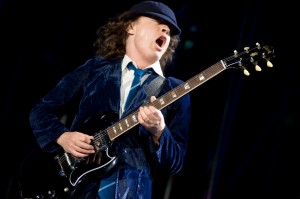 e Donington Music Festival in England in 1991, and can’t think of a better sound with which to launch my blog (see the About this blog post for further details about my site). The concert is part of
e Donington Music Festival in England in 1991, and can’t think of a better sound with which to launch my blog (see the About this blog post for further details about my site). The concert is part of ch Nietzsche that life has meaning if it is read as a text. In exploring it this way, we can write the narrative of our own true selves, and let go of the script received from others. Through the prism of art and culture is a great way to do this. What’s your passion?
ch Nietzsche that life has meaning if it is read as a text. In exploring it this way, we can write the narrative of our own true selves, and let go of the script received from others. Through the prism of art and culture is a great way to do this. What’s your passion?
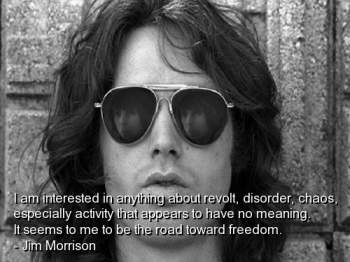

 Elvis Presley “Suspicious Minds” 1969
Elvis Presley “Suspicious Minds” 1969